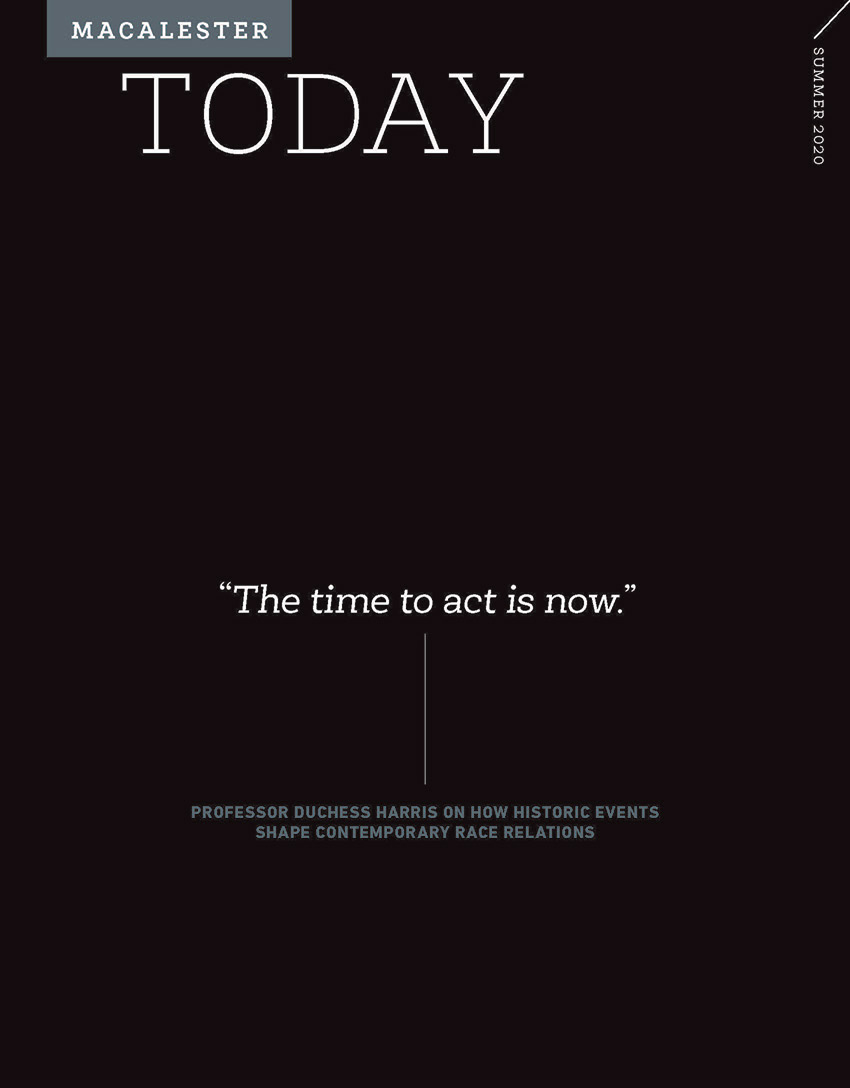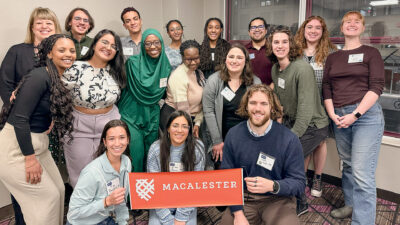
When are kids ready to talk about racism? For social psychologist Keon West ’06, the answer is earlier than you may think. West, an associate professor at Goldsmiths, University of London, focuses his research on stigma, bias, and perceptions of people from other groups. He’s also the father of two mixed-race children. In June, he spoke with the BBC’s Ria Hebden about why those early conversations are crucial. Their discussion is excerpted and lightly edited with permission.
Do you think it’s right to talk to children about racism, or should we be protecting their innocence?
I’m going to dismantle the idea of protecting their innocence and say we should start speaking to them about racism very early. Research shows that British children can do racist things by the time they’re three years old. If you don’t speak to children about racism until they’re 10, that gives a good seven years for it to fester, and they either get to simply continue with racist beliefs until they’re challenged—or they get to experience racism, which also happens to three-year-old children of color.
In one study, researchers gave children (age three to five, from many different areas of the United Kingdom) pictures of other children: white, Black, East Asian, and South Asian. They wanted to see if the children would give more positive or negative adjectives to certain pictures. They found that not only did the white children receive the most positive and least negative of the adjectives, but that the children were reliably able to establish a racial hierarchy with white children at the top, Black children at the bottom, and Asian children in the middle.
So this isn’t a simple matter of children saying, “Oh, that’s someone like me or not like me.” British children can figure out the racial hierarchy of the country they live in, and respond accordingly, when they’re incredibly young.
That’s so powerful. So children do see color.
They absolutely do. It is purely a fiction of adulthood that we don’t see color. Even adults who try not to see color really don’t do that particularly well. The idea that it’s good to not see color has become very prevalent, but not seeing color is actually incredibly unhelpful. For one, the problem with racism isn’t that I’m Black. I quite like being Black. I enjoy it, I think it’s great, I like the way I look. The problem is that people have strange and unhelpful ideas about Black people, and that they’re quite negative. That’s what needs to stop.
Would you say . . . that we should be talking about this from when they’re toddlers?
In my experience, I’d say about three was a good time for our children. Not just because I knew that the research shows that children in the UK do know the racial hierarchy by that time, but also because they can experience racism at that age. My son at age three would come home from nursery saying, “Daddy, you can’t be a doctor because you have to have white legs to be a doctor, not brown legs,” or “I have curly-wurly hair and that’s ugly, and the other children don’t.”
Children are savvier than we think: they know what’s valued and what’s not. If we don’t warn them that people will give you these negative messages, then we run the risk that they’ll just believe the messages—they’ll take them on board and be hurt. We have to do better than that.
What would your advice be to parents for the best way to discuss race, otherness, and racism?
I ask people to reflect on the books in their house. I ask them if they can name a single book in their house in which there is a Black father who says something and takes care of his children—not just standing in the background, but one who speaks and takes care of his children. Many people can’t. If you can’t do that, you’re teaching your children that Black men don’t take care of children. Indeed, do you have any books in your house in which the main character is a Black person and the whole focus of the book isn’t racism? Many people’s children’s books send the messages that only women take care of children, that only men work, and that only white people’s stories are worth telling. There are many things you can teach easily without doing it on purpose.
There’s a great book series called Little People, Big Dreams. They tackle race and racism in language that children can understand. I also really recommend books like Marty Monster, by Malorie Blackman—a sweet book in which nothing terrible happens. Because it can’t always be about racism when you read about Black people. Sometimes it’s just children playing, and they’re Black children with a Black family, and that’s it. And that has to be fine, too.
Reproduced under license from the British Broadcasting Corporation © 2020 BBC
More Children’s Book Recommendations from Keon West
- The Adventures of Wrong Man and Power Girl! (C. Alexander London)
- Jabari Jumps (Gaia Cornwall)
- Billy and Belle (Sarah Garland)
- Daddy Do My Hair?: Beth’s Twists (Tola Okogwu)
August 18 2020
Back to top





